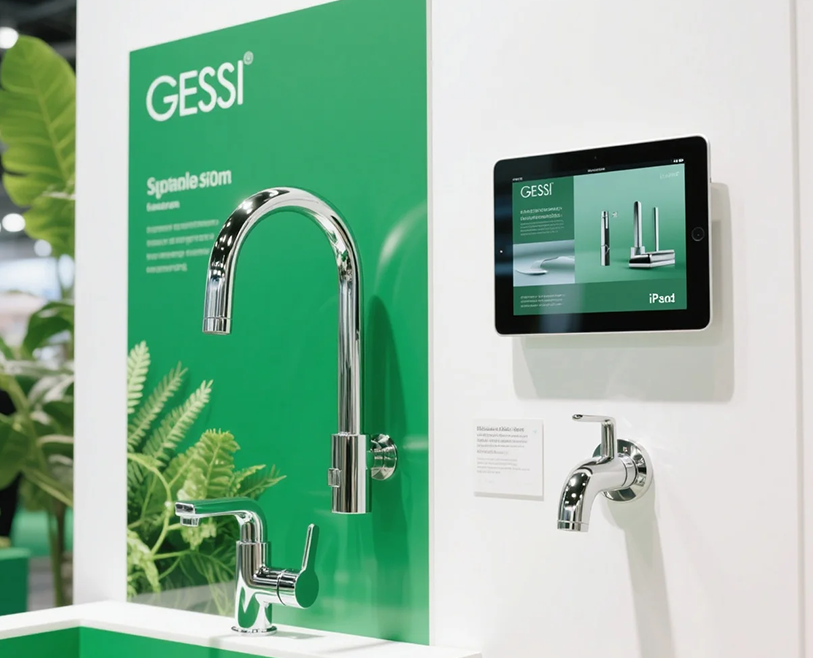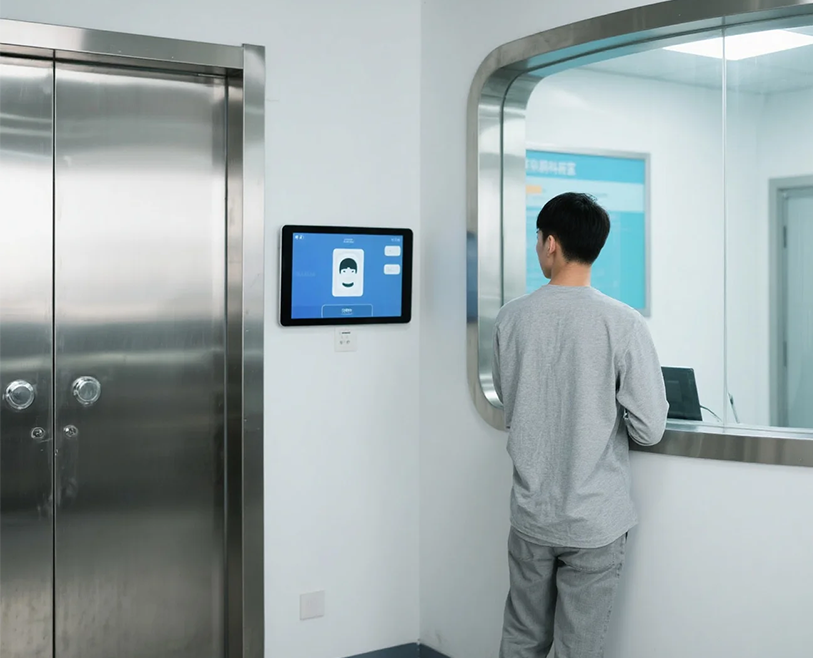Les kiosques sont une solution de plus en plus populaire pour les entreprises qui cherchent à rationaliser les opérations, Améliorer l'expérience client, et améliorer l'efficacité du service. Lorsque vous envisagez d'investir un kiosque d'auto-ordre pour votre restaurant, Comprendre le coût de ces appareils est crucial. Dans cet article, Nous décomposons les facteurs qui affectent les coûts du kiosque, les différents types de kiosques, Et comment évaluer si cet investissement est bon pour votre entreprise.
Comprendre les différents types de kiosques
Avant de plonger dans les coûts associés aux kiosques, Il est important de comprendre ce qu'est un kiosque et les différents types disponibles. Un kiosque est un petit, Structure autonome ou terminal utilisé pour diverses fonctions comme la livraison d'informations, transactions, ou libre-service. Les kiosques sont équipés d'écrans tactiles, interfaces, Et parfois même des imprimantes, Permettre aux clients ou aux utilisateurs d'interagir indépendamment avec le système.
Les kiosques servent de multiples fins dans différentes industries, Et leur conception et leur fonctionnalité varient en fonction des besoins commerciaux. Faisons tomber Les types de kiosques les plus courants.
Voici un tableau concis résumant les différents types de kiosques:
| Type de kiosque | Description | Usages & Applications |
| Kiosques d'auto-ordre | Terminaux interactifs pour passer des commandes et personnaliser des choix. | Utilisé dans les chaînes de restauration rapide, QSR, et des cafés pour rationaliser la commande, réduire les temps d'attente, Et les articles à la vente. |
| Kiosques auto-vérifiables | Permet aux clients de scanner, sac, et payer les achats indépendamment. | Commun dans les magasins de détail, supermarchés, et les dépanneurs pour accélérer la caisse et réduire les longues lignes. |
| Kiosques d'information | Affiche des informations statiques ou dynamiques (par exemple., répertoires, Plans, Détails de l'événement). | Trouvé dans les centres commerciaux, aéroports, hôtels, musées, et les hôpitaux pour un accès facile à l'information et à l'orientation. |
| Kiosques de billetterie | Machines pour acheter ou imprimer des billets pour les événements ou le transport. | Commun dans les gares, terminaux de bus, cinémas, et des salles de concert pour Quick, achat de billets pratiques. |
| Kiosques de vente | Machines en libre-service dispensant des produits comme des collations ou de l'électronique. | Situé dans les aéroports, immeubles de bureaux, et les universités pour un accès rapide aux marchandises. Offrant maintenant une gamme plus large de produits au-delà de la nourriture et des boissons. |
| Kiosques de signalisation numérique interactives | Affiche un contenu dynamique comme les publicités, vidéos, ou mises à jour en direct. | Utilisé dans la vente au détail, centres de transport, et des espaces publics pour présenter les promotions, Mises à jour en temps réel, et contenu interactif. |
| Kiosques industrielles | Terminaux robustes pour des environnements durs, Construit pour la durabilité. | Utilisé dans les usines, entrepôts, et des sites industriels pour la gestion des données, Surveillance en temps réel, et suivi des stocks. |
1. Kiosques d'auto-ordre
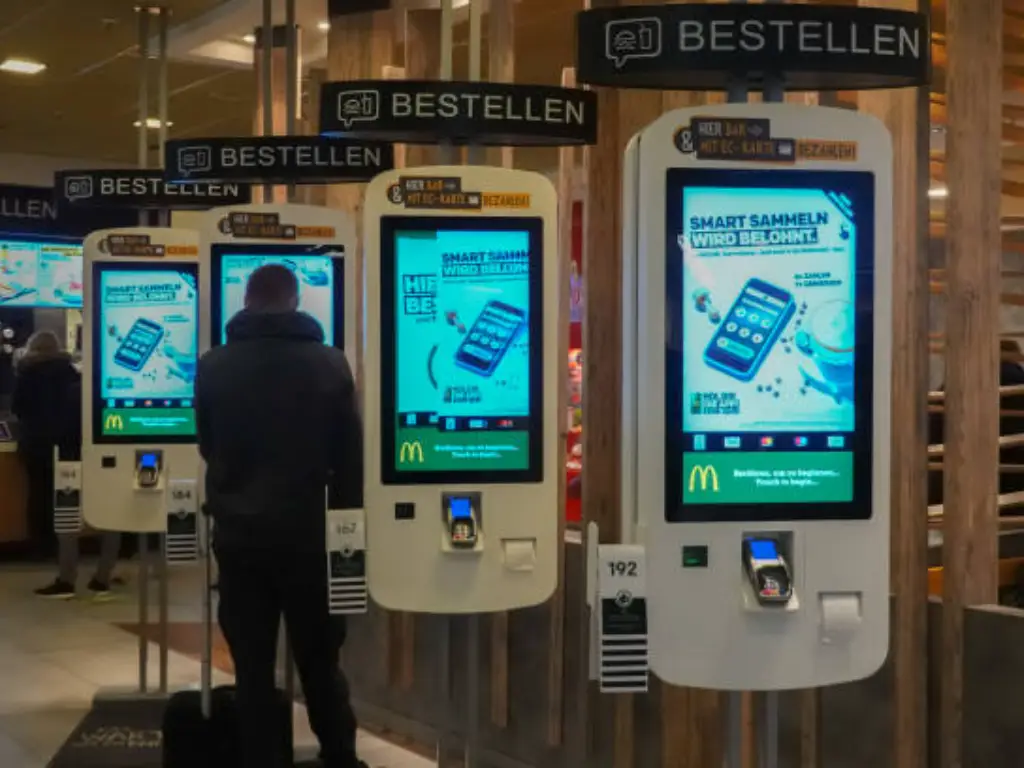
Ce qu'ils sont:
Les kiosques d'auto-ordre sont des terminaux interactifs qui permettent aux clients de passer des commandes et de personnaliser leurs choix sans avoir besoin d'interaction humaine. Ces kiosques sont généralement livrés avec une interface à écran tactile, Offrir un moyen intuitif de parcourir les menus, Sélectionner les éléments, et effectuer des paiements.
Usages & Applications:
Principalement utilisé dans les chaînes de restauration rapide, restaurants à service rapide (QSR), et les cafés, Les kiosques d'auto-ordre aident les entreprises à rationaliser le processus de commande, réduire les temps d'attente, et améliorer l'expérience client. Les clients peuvent parcourir le menu, Sélectionnez leurs repas, et même payer - tous sans attendre un caissier.
En outre, De nombreux restaurants utilisent des kiosques d'auto., Augmentation de la valeur de commande moyenne. Ils sont également utiles pour réduire les erreurs humaines pour prendre de l'ordre et fournir un, service sans contact, surtout pendant les heures à volume élevé.
2. Kiosques auto-vérifiables
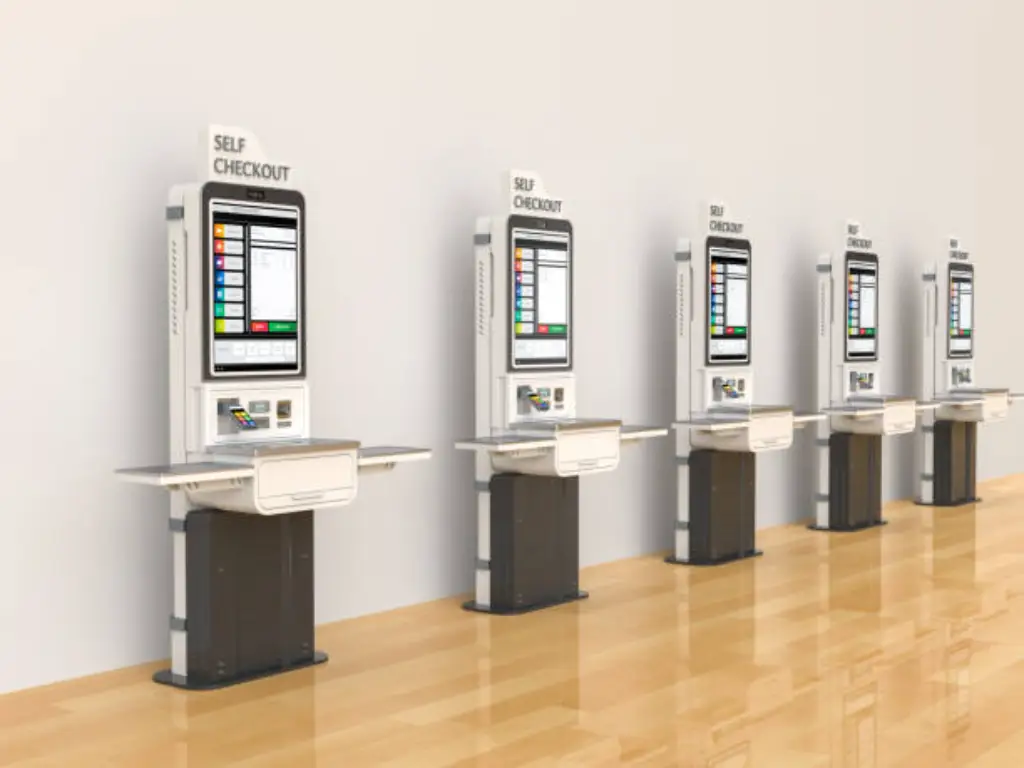
Ce qu'ils sont:
Les kiosques auto-vérifiables permettent aux clients de scanner, sac, et payer leurs propres achats sans avoir besoin d'aide à un caissier. Ces kiosques incluent généralement des scanners de code-barres, écrans tactiles, et les capacités de traitement des paiements comme les lecteurs de cartes de crédit, Options de paiement mobile, et les systèmes de manutention en espèces.
Usages & Applications:
Ces kiosques se trouvent couramment dans les magasins de détail, supermarchés, et dépanneurs. Ils sont conçus pour réduire les longues lignes et augmenter la vitesse de paiement, Permettre aux clients de terminer leurs achats rapidement et indépendamment.
Le kiosque d'auto-vérification est particulièrement bénéfique dans les grands environnements de vente au détail ou pendant les heures de pointe lorsque le volume du client est élevé. Il libère des caissiers pour se concentrer sur des transactions plus complexes et améliore l'efficacité opérationnelle globale. Ces kiosques sont souvent intégrés aux systèmes de gestion des stocks, Fournir des données en temps réel pour le suivi des actions et la réapprovisionnement.
3. Kiosques d'information
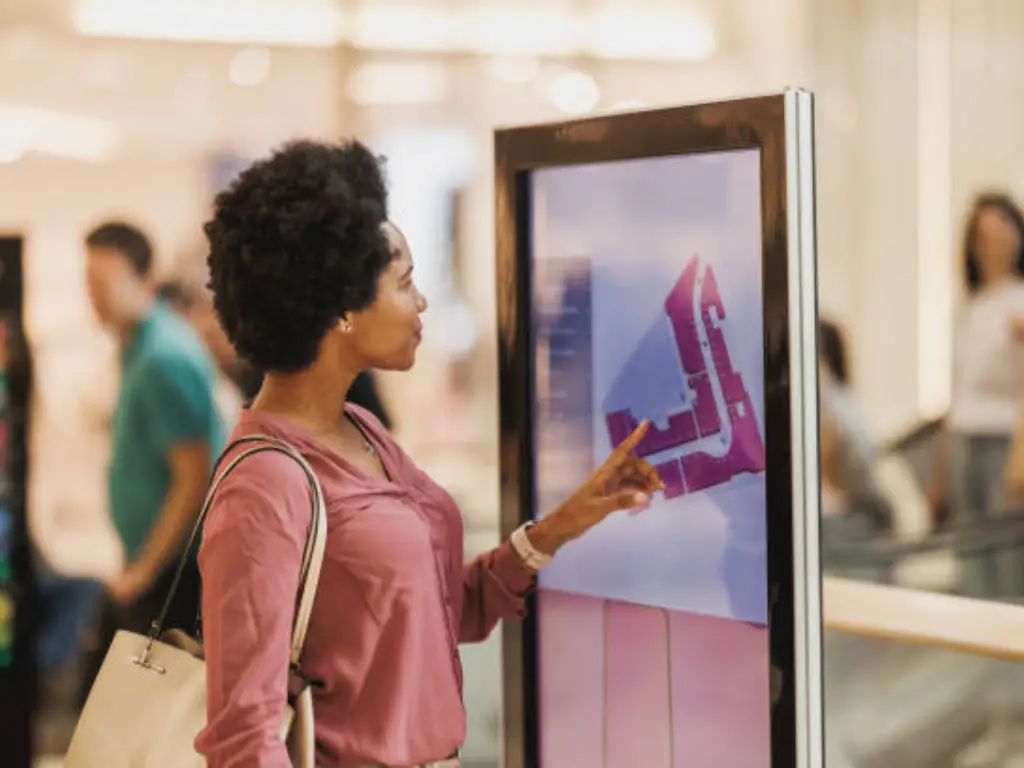
Ce qu'ils sont:
Les kiosques d'information sont des terminaux interactifs utilisés pour afficher des informations aux clients ou aux visiteurs. Ils ont généralement une interface à écran tactile simple et sont conçus pour offrir un accès facile aux répertoires, catalogues de produits, Plans, ou toute autre forme d'informations statiques ou dynamiques.
Usages & Applications:
Ces kiosques sont largement utilisés dans des endroits comme les centres commerciaux, aéroports, hôtels, hôpitaux, et musées. Dans les centres commerciaux, Par exemple, Les kiosques d'information sont utilisées pour afficher les répertoires des magasins, promos, et événements. Dans les aéroports, Ils fournissent des horaires de vol, Informations sur la porte, et une aide à l'orientation aux voyageurs. Dans les musées ou les expositions, Les kiosques d'information offrent des explications détaillées, expositions interactives, et les préférences linguistiques. Ils servent d'outil en libre-service utile, Aider les entreprises à fournir des informations aux visiteurs efficacement.
4. Kiosques de billetterie

Ce qu'ils sont:
Les kiosques de billetterie sont des machines qui permettent aux utilisateurs d'acheter ou d'imprimer des billets pour les événements, voyage, ou services de transport. Ces kiosques sont souvent livrés avec un écran tactile pour sélectionner des événements ou des destinations et un processeur de paiement pour terminer la transaction.
Usages & Applications:
Les kiosques de billetterie sont courantes dans des endroits comme les gares, terminaux de bus, salles de cinéma, et les salles de concert. Ils fournissent un moyen rapide et pratique pour les clients d'acheter des billets sans faire la queue. Par exemple, dans les centres de transport, Les kiosques de billetterie permettent aux passagers d'acheter rapidement des billets de train ou de bus, dans les cinémas, Ils rationalisent le processus d'achat de billets. Ces kiosques minimisent également l'erreur humaine et améliorent la satisfaction du client en offrant un plus rapidement, Plus autonome pour accéder aux services.
5. Kiosques de vente
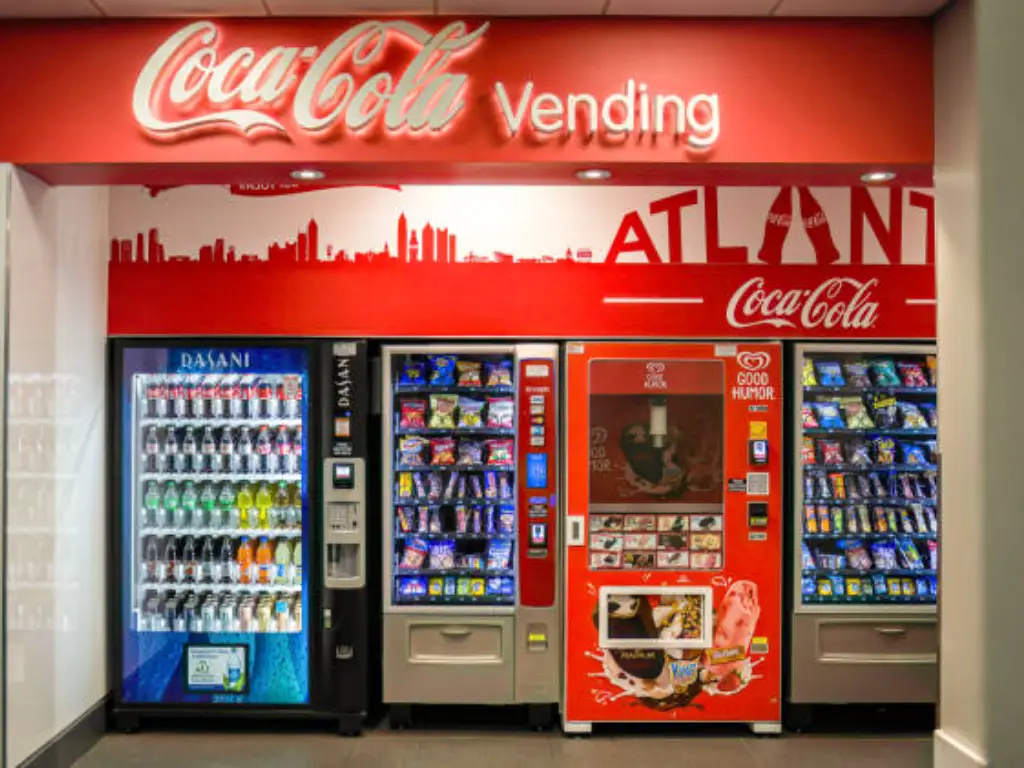
Ce qu'ils sont:
Les kiosques de vente sont des machines en libre-service qui dispensent des produits tels que des collations, boisson, ou même électronique. Ces kiosques peuvent inclure des interfaces à écran tactile pour les articles disponibles, Sélection de produits, et terminer les paiements.
Usages & Applications:
Souvent trouvé dans les zones à fort trafic comme les aéroports, immeubles de bureaux, et les universités, Les kiosques de vente sont parfaits pour fournir un accès en déplacement aux marchandises. Ces kiosques sont également utilisés dans des endroits où la vente au détail traditionnelle n'est pas réalisable ou pratique, comme les hôpitaux ou les espaces extérieurs.
Au cours des dernières années, Les kiosques de vente ont évolué au-delà des collations et des boissons. Certains offrent des fonctionnalités plus avancées, comme la possibilité d'acheter des appareils électroniques, équipement de protection personnelle, ou produits liés à la santé, les rendre polyvalents pour divers paramètres d'entreprise.
6. Kiosques de signalisation numérique interactives

Ce qu'ils sont:
Les kiosques de signalisation numérique interactifs sont conçus pour afficher le contenu dynamique, comme les publicités, vidéos promotionnelles, ou mises à jour en direct. Ces kiosques comportent généralement de grands écrans et des capacités interactives qui engagent les utilisateurs avec du contenu.
Usages & Applications:
Ces kiosques sont largement utilisés dans les milieux de vente au détail, centres de transport, et les espaces publics pour la publicité, promos, ou mises à jour en temps réel. Dans les magasins de détail, par exemple, Les kiosques de signalisation numérique interactifs peuvent présenter les ventes, nouveaux arrivants, ou caractéristiques du produit, Engager les clients avec des médias riches.
En outre, Ils sont souvent utilisés dans des zones comme les gares ou les aéroports pour afficher les horaires des vols, nouvelles, ou alertes d'urgence. La nature interactive de ces kiosques peut améliorer l'expérience utilisateur en permettant aux clients d'interagir avec le contenu ou de recevoir des informations personnalisées.
7. Kiosques industrielles

Ce qu'ils sont:
Les kiosques industrielles sont robustes, Terminaux numériques haute performance spécialement conçus pour fonctionner dans des environnements industriels durs. Ces kiosques sont conçus pour résister aux conditions difficiles telles que les températures extrêmes, poussière, humidité, et vibrations, Les rendre idéaux pour une utilisation sur les planchers d'usine, entrepôts, et d'autres sites de fabrication.
Usages & Applications:
Ces kiosques sont largement utilisés dans divers secteurs industriels pour améliorer l'efficacité opérationnelle, Améliorer la sécurité des travailleurs, et activer une meilleure gestion des données. Dans les usines de fabrication, Par exemple, Les kiosques industrielles permettent aux employés d'accéder aux données de production en temps réel, Surveiller les performances de la machine, et recevoir des bons de travail directement sur le plancher d'usine.
Dans les opérations d'entreposage, Les kiosques industrielles peuvent être utilisées pour le suivi des stocks, Expédition de traitement, et gérer les niveaux de stock. Ils sont souvent intégrés aux systèmes de gestion des entrepôts (Wms) pour fournir des données à la minute sur les stocks et l'état de commande.
Facteurs clés qui affectent le coût des kiosques
Le coût d'un kiosque ne concerne pas seulement l'appareil lui-même. Plusieurs facteurs contribuent au prix global, des types de kiosque que vous choisissez aux services et fonctionnalités supplémentaires qui accompagnent le système.
1. Taille et conception du kiosque
La taille du kiosque joue un rôle important dans son prix. Grand, Les kiosques personnalisées - comme celles des aéroports ou de grands environnements de vente au détail - peuvent coûter plus cher en raison de la conception et de la complexité de fabrication. D'autre part, Les kiosques d'auto-ordre plus petits ou les kiosques à écran tactile de base peuvent être plus abordables, Mais la personnalisation peut augmenter le prix.
2. Technologie et fonctionnalités
Les kiosques peuvent être équipés d'une variété de fonctionnalités avancées, comme les écrans tactiles, lecteurs de cartes, appareils photo, et imprimantes. Si vous avez besoin de fonctions spécialisées, comme l'intégration avec les systèmes POS ou les logiciels basés sur le cloud, Le coût augmentera. Le prix du kiosque autonome sera plus élevé si le kiosque prend en charge les fonctionnalités comme la personnalisation de la commande, Traitement des paiements, ou gestion des stocks.
3. Intégration logicielle
L'intégration des logiciels joue un rôle crucial dans le coût global d'un kiosque. Les kiosques personnalisées nécessitent souvent un logiciel spécialisé pour se connecter avec les systèmes commerciaux existants, comme la gestion des stocks, passerelles de paiement, ou bases de données clients. La complexité de l'intégration de ces systèmes, Assurer les mises à jour en temps réel, et le maintien de la sécurité des données peut ajouter des coûts importants. En plus, L'intégration de fonctionnalités telles que les paiements numériques ou les applications tierces peut augmenter les exigences techniques, augmentant ainsi le prix.
4. Personnalisation
La personnalisation fait référence à l'adaptation des logiciels et de l'interface utilisateur du kiosque pour répondre aux besoins commerciaux spécifiques. Par exemple, Les kiosques d'auto-ordre de McDonald's présentent un logiciel conçu sur mesure qui prend en charge les options multilingues, menus interactifs, et des stratégies de vente au courant pour améliorer l'expérience client. Personnalisation des kiosques avec une marque unique, contenu localisé, ou des fonctionnalités spécialisées comme les programmes de fidélité peuvent augmenter les coûts de développement et de mise en œuvre, ce qui en fait un facteur clé dans la tarification des kiosques.
5. Maintenance et soutien
Le soutien et la maintenance continus des kiosques sont cruciaux pour les maintenir opérationnels. Mises à jour logicielles, réparations matérielles, et le service client peut ajouter au coût global de possession. Lors de l'évaluation de la quantité de kiosque, Assurez-vous de tenir compte de ces dépenses cachées.
6. Coûts d'installation
Dernièrement, Les coûts d'installation peuvent varier en fonction de la complexité de la configuration du kiosque. Les kiosques d'auto-ordre ou les kiosques autonomes qui nécessitent une intégration avec les systèmes POS ou d'autres infrastructures commerciales peuvent entraîner des frais d'installation plus élevés. La nécessité d'une installation professionnelle garantit que le système fonctionne de manière transparente et réduit le risque de problèmes techniques plus tard.
Combien coûte un kiosque libre-service?
Comme nous l'avons mentionné ci-dessus, Un prix de l'auto-ordre Kisok peut être affecté par différents facteurs. Pour un kiosque de base de base, Le coût peut aller de $3,000 à $7,000. Ce prix comprend généralement le matériel du kiosque, un écran tactile de base, et un logiciel simple pour la numérisation et le paiement. Cependant, fonctionnalités avancées comme l'intégration avec les systèmes de gestion des stocks, scanners biométriques, ou la marque personnalisée peut augmenter le prix $10,000 ou plus par unité.
Coûts à la rupture:
- Modèle de base: $3,000 - $5,000
- Modèle de milieu de gamme (avec intégration logicielle) :$5,000 - $8,000
- Modèle haut de gamme (avec une personnalisation complète et des fonctionnalités avancées) : $8,000 – $15,000+
Les kiosques valent-ils l'investissement?
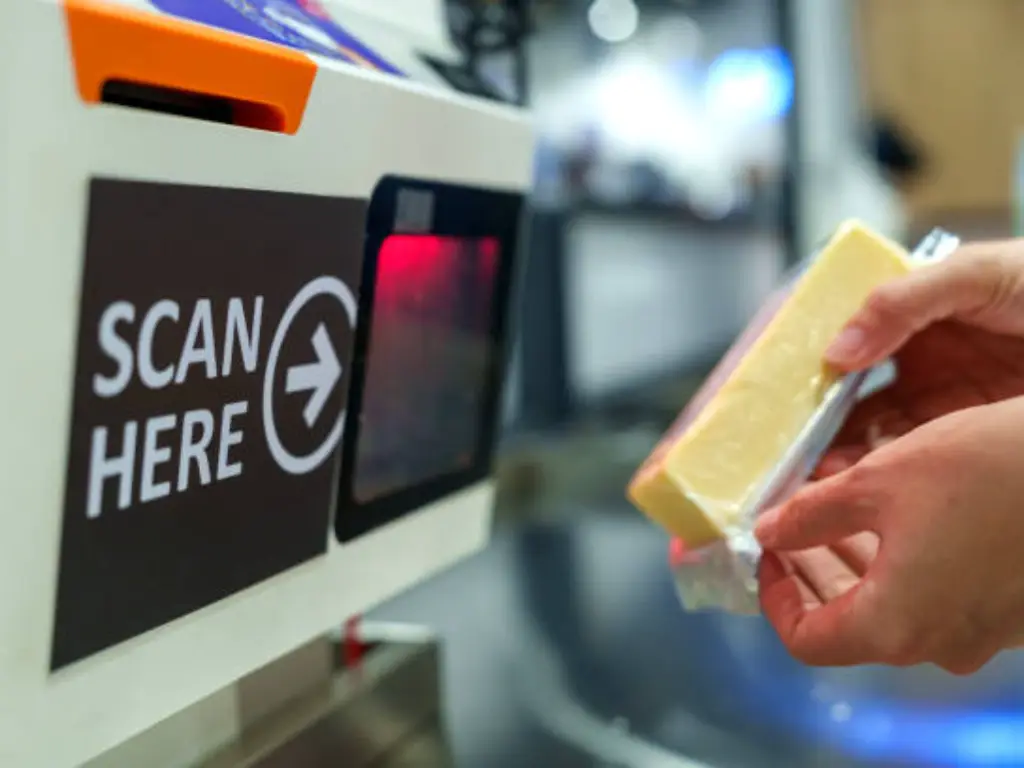
Les kiosques se sont avérés être un investissement précieux pour les entreprises dans divers industries, Offrir des avantages importants qui peuvent justifier leurs frais d'avance et de maintenance. Si vous opérez dans l'hospitalité, détail, soins de santé, ou secteurs industriels, Les kiosques peuvent rationaliser les opérations, Améliorer le service client, et améliorer l'efficacité globale.
L'un des principaux avantages des kiosques est l'amélioration de l'expérience client. Les kiosques en libre-service permettent aux clients d'interagir avec un système adapté à leurs besoins, fournir un service plus rapide et réduire les temps d'attente. En détail, Par exemple, Les kiosques auto-vérifiables permettent aux clients de sauter de longues lignes, Rendre leur expérience d'achat plus efficace et agréable. Dans le secteur de l'hospitalité, Les clients de l'hôtel peuvent vous enregistrer, Sélectionnez les préférences de la pièce, et les services d'accès sans faire la queue à la réception, conduisant à une satisfaction client accrue.
Les kiosques aident également les entreprises à économiser les coûts de main-d'œuvre. En automatisant certaines tâches, comme la prise de commande, chèques, ou gestion des stocks - les activités peuvent réduire le besoin pour le personnel d'effectuer des tâches répétitives ou peu qualifiées. Cela permet au personnel de se concentrer sur plus complexe, Responsabilités destinées aux clients, Améliorer la productivité et réduire les coûts de main-d'œuvre à long terme.
En plus, Les kiosques offrent de précieuses opportunités de collecte de données. Les kiosques peuvent capturer les préférences des clients, Historique des achats, et les modèles de comportement, Permettre aux entreprises de personnaliser les offres et d'améliorer les efforts de marketing. Ces données peuvent être utilisées pour mieux comprendre les besoins des clients, Optimiser l'inventaire, et conduire des promotions ciblées ou des programmes de fidélité.
Enfin, Les kiosques peuvent améliorer l'efficacité opérationnelle en réduisant l'erreur humaine et en augmentant la vitesse. Dans des environnements à rythme rapide comme les aéroports ou les centres commerciaux, Les kiosques s'assurent que les clients peuvent effectuer des tâches comme la réservation de billets ou la localisation des magasins sans compter sur les intermédiaires humains, réduisant ainsi les goulots d'étranglement et assurant des opérations plus lisses.
En conclusion, Les kiosques sont un investissement intéressant pour les entreprises qui cherchent à améliorer la satisfaction des clients, Augmenter l'efficacité opérationnelle, et recueillir des données précieuses. Avec le bon logiciel et la bonne personnalisation, Ils peuvent offrir un retour sur investissement substantiel au fil du temps.
Comment calculer le ROI de l'investissement du kiosque pour votre entreprise
Lorsque vous envisagez combien coûte un kiosque, Il est essentiel de calculer le retour sur investissement (Retour de retour) pour déterminer si les dépenses en valent la peine. Voici quelques facteurs clés à considérer lors du calcul du retour sur investissement pour votre investissement de kiosque:
- Économies de main-d'œuvre: L'un des principaux avantages des kiosques est le potentiel de réduire les coûts de main-d'œuvre. Pour les entreprises avec un volume client élevé, Les kiosques peuvent gérer les tâches de routine comme la prise de commande, vérifier, Et même le service client, Libérer le personnel pour des tâches plus spécialisées. Calculez le montant que vous pouvez économiser dans les coûts de main-d'œuvre au fil du temps.
- Augmentation du débit des clients: Les kiosques peuvent accélérer les processus comme la commande, vérifier, ou accès à l'information, Augmentation du débit client. Cela conduit à plus de ventes et à une meilleure satisfaction des clients. Suivez le nombre de clients du kiosque et comparez-le avec les méthodes de service traditionnelles.
- Expérience client améliorée: Un plus fluide, L'expérience client plus efficace peut entraîner une loyauté accrue et une entreprise de répétition. Les clients satisfaits sont plus susceptibles de revenir, Améliorer vos revenus dans le temps.
Pour calculer le retour sur investissement, suivre les deux économies directes (Comme des coûts de main-d'œuvre réduits) et avantages indirects (comme amélioré les ventes ou la satisfaction du client) plus d'un an ou plus.
Pourquoi choisir Touchwo pour votre solution de kiosques
TouchWo est un fabricant de confiance de produits à écran tactile depuis 2009, Offrir des solutions de kiosques de haute qualité avec une impressionnante capacité de production annuelle de 200 000 unités. Nous fournissons des services OEM et ODM adaptés à vos besoins, soutenu par une chaîne d'approvisionnement interne efficace. Avec une quantité de commande minimale flexible, Touchwo assure une fiable, Des solutions de kiosque personnalisées qui répondent aux demandes de votre entreprise.
Si vous cherchez à mettre en œuvre une solution de kiosque pour votre entreprise sans le coût initial élevé, Touchwo pourrait être la coupe parfaite. Que vous soyez un petit détaillant ou une grande entreprise, Nous pouvons offrir un facile, Solution de kiosque rentable pour vous.

